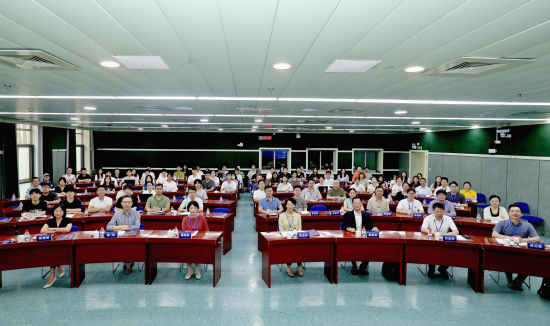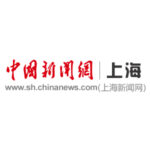The 2025 third quarter macroeconomic thematic seminar titled “Repositioning the Real Estate Market from a Macro Perspective” was held at Shanghai University of Finance and Economics. The “2025 Third Quarter Macroeconomic Thematic Report” released at the forum indicates that issues in the real estate market reflect broader macroeconomic conditions. The report shows that increased income uncertainty serves as the trigger point for real estate market problems. Income uncertainty prompts household precautionary savings motives, which, combined with the illiquid nature of housing assets, leads to adjustments in household balance sheets. This results in macro demand-side phenomena including falling housing prices, declining consumption, reduced debt, and increased savings.
The report points out that declining labor participation rates among youth, unemployment risks for middle-aged workers, and the return of migrant populations all exert pressure on the real estate market. Once housing prices begin to fall, the safe-asset attribute of housing weakens, and the belief that “housing prices always rise” is broken. This further leads to a vicious cycle of insufficient demand, falling prices, weakened wealth effects, and declining expectations. Real estate market issues also spread to other sectors, affecting other balance sheets: at the corporate level, real estate developers face continuously tightening liquidity; at the financial system level, non-performing loan ratios for real estate industry loans are increasing; at the local government level, the proportion of urban investment bonds used for refinancing or repaying interest-bearing debt continues to rise. Finally, at the policy level, it’s crucial to clarify whether household balance sheet expansion or contraction is desired, while being cautious of falling into the impossible trinity of “promoting consumption, stabilizing housing prices, and reducing debt.” Breaking the cycle from outside the real estate market is key – optimizing the macroeconomic environment and improving household income stability will give families the confidence to consume, enabling smoother macroeconomic functioning.
During the seminar, it was noted that over the past 20 years, real estate has been an important engine for China’s economic growth. However, with changes in economic development stages and major social contradictions, the traditional “high leverage, high debt, high turnover” development model is no longer sustainable. The deep adjustment in the real estate market not only reflects industry cyclical fluctuations but also represents a systemic challenge that must be addressed during China’s transition to high-quality development. In this context, the core of real estate “repositioning” lies in redefining its function and role in the new economic landscape. As China’s urbanization rate exceeds 67%, real estate is transitioning from an “economic pillar” to dual positioning as a “cornerstone of people’s livelihoods” and an “innovation carrier.” The 2025 Central Urban Work Conference explicitly proposed “building a new model for real estate development,” which will advance high-quality housing construction, urban village renovation, and affordable housing supply to effectively alleviate housing difficulties for new urban residents and young people, while transforming real estate into a spatial carrier for industrial upgrading and innovative development.
For the stable and healthy development of the real estate market, short-term measures should focus on expanding financing support to help real estate enterprises resolve debt risks. Medium to long-term measures should accelerate the introduction of policy financial instruments to support key areas such as new urbanization and urban renewal, injecting new momentum for real estate’s smooth transition.
During the keynote speech session, a presentation titled “The Operation and Development Trends of China’s Real Estate Market” emphasized that China needs to gradually reduce its reliance on real estate, as the current development stage no longer allows for significant economic growth driven primarily by real estate. It was stressed that redirecting resources from the real estate market to advanced manufacturing and modern services is an inevitable requirement of the times. Looking at market trends, China’s real estate market is expected to stabilize and stop declining within one to two years. Regarding future development directions, emphasis was placed on stabilizing sales, expectations, and housing prices, while systematically proposing four pathways for building a new real estate development model: accelerating the improvement of the affordable housing system to address housing difficulties for low-income urban residents, new urban residents, and young people; promoting the construction of safe, comfortable, green, and smart “quality housing”; revitalizing the existing market through urban renewal; and encouraging population return for entrepreneurship to unleash real estate potential in third and fourth-tier cities.
Another keynote speech titled “The Prospects for the Real Estate Industry” pointed out that China’s real estate market still has room for growth but shows clear structural differentiation: metropolitan areas with continuous population inflow maintain strong demand, while areas with population outflow face contraction pressure. However, severe “job-housing separation” and land use structure imbalances remain prominent issues within some large cities. Regarding housing security, there were calls to develop a standardized rental market, promote “equal rights for renters and buyers,”




